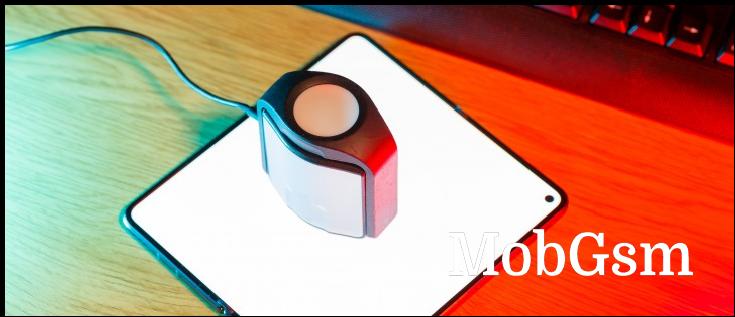How we test: GSMArena Battery Life Test v2

This article explains the technical aspects behind our new and updated Battery Life Test 2.0. You will find the details about our (now discontinued) previous test here.
Our original battery test (the Endurance rating) served as a reliable review benchmark for 12 years. Mobile and internet technology has evolved a lot in this time, and the change in usage patterns prompted us to revamp our Battery Life Test in Fall 2023.
We are now shifting our focus to measuring four active use scenarios, which include the Call test, the Web browsing test, the Video streaming test, and the Gaming test.
We combine these four tests to produce our new Active Use Score. The Active Use Score is an estimate of how long the battery will last if you use the device with a mix of all four activities. It is a balanced usage mix of these, with a slight emphasis on Web and Video.
The new and old battery life ratings are both measured in hours of runtime, but are incomparable because the new score assumes only active use. It doesn"t factor in any time during which you may put down the phone and have only stand-by power draw.
One exciting feature is that you can adjust the Active Use Score based on your usage patterns and preferences. This personalized metric is saved persistently for your browser, and unless you use the Reset button on the widget above, you will be seeing your preferred usage mix in all battery tests you check out in the future.
Feel free to play around with the numbers as much as you like. Just remember, the runtime numbers and the Active Use score are meant to be used for comparing phones that have undergone the same test. You might not get the same runtimes if you attempt the same test activities on your own because the network environment, the number of background processes, the ambient temperature, and the available ambient light are important variables for how long your phone"s battery will last.
Test setup
For each test, we measure how long it would take to discharge the battery from 100% to 0%. In devising our test setup, we have strived to remove as many variables that may be outside of our control.
For the screen-on tests:
- Screen brightness is set to 200nits using a white pattern of 75% APL.
- Location services are turned on.
- Airplane mode is activated, and Bluetooth is Off.
- Wi-Fi is activated and connected to a network.
- Volume is set to 15% to avoid variances in speaker setup to influence the result.
Call test
The Call test remains a staple in our suite of battery tests. Even though it will be running over a 4G network from now on, the outcome remains largely consistent with our past tests.
For this test, we aim to provide a consistent network quality environment and consistent call volume.
Web browsing test
Updated with a new set of modern web pages with scrolling and touch input every 3 seconds, the web browsing test now simulates real-life use much better.
The newly added touch input makes this test more relevant to real-life use because every touch causes a spike in CPU usage and also a spike in the screen"s variable refresh rate. The added scrolling also actively engages the GPU in re-rendering the web page.
This revamped test also accounts for mixed social network app usage (Facebook, Instagram, X (Twitter), LinkedIn, Snapchat etc.) as, in our testing, it produces identical scores.
Video streaming test
We"ve moved away from local video file playback, and we now stream a video of our own directly from YouTube. The video now has higher resolution and a balanced mix of bright and dark scenes.
This updated test also accounts for short video app usage. We did extensive TikTok testing, and the results from our Video streaming test are close enough to be representative of this use case as well (with the benefit of being more consistent because we control the video content).
Game test
A new addition to our test suite, the Gaming test is where we loop the same level of a popular 3D game. We"ve chosen a highly-rated game title with 10M+ downloads in the Google Play store and high ratings on the Apple AppStore. It has a relatively high GPU load and predominantly medium CPU load with occasional peaks.
The Gaming test is carried out at a 60Hz refresh rate so as to create a level playing field regardless of whether the device supports high-refresh-rate gaming or not. High refresh rate gaming is especially taxing on the battery due to the higher framerate so it will take a heavy toll on the runtime in this test (up to 50% shorter runtimes). Keep it in mind if you do high-framerate gaming on your own smartphone.
Interestingly, adding touch input to the gaming test did not seem to affect the runtimes at all, which shows that it"s a really small proportion of the battery draw compared to the 3D game itself.
All tests have been automated for our editorial purposes by our industry partners from SmartViser.









